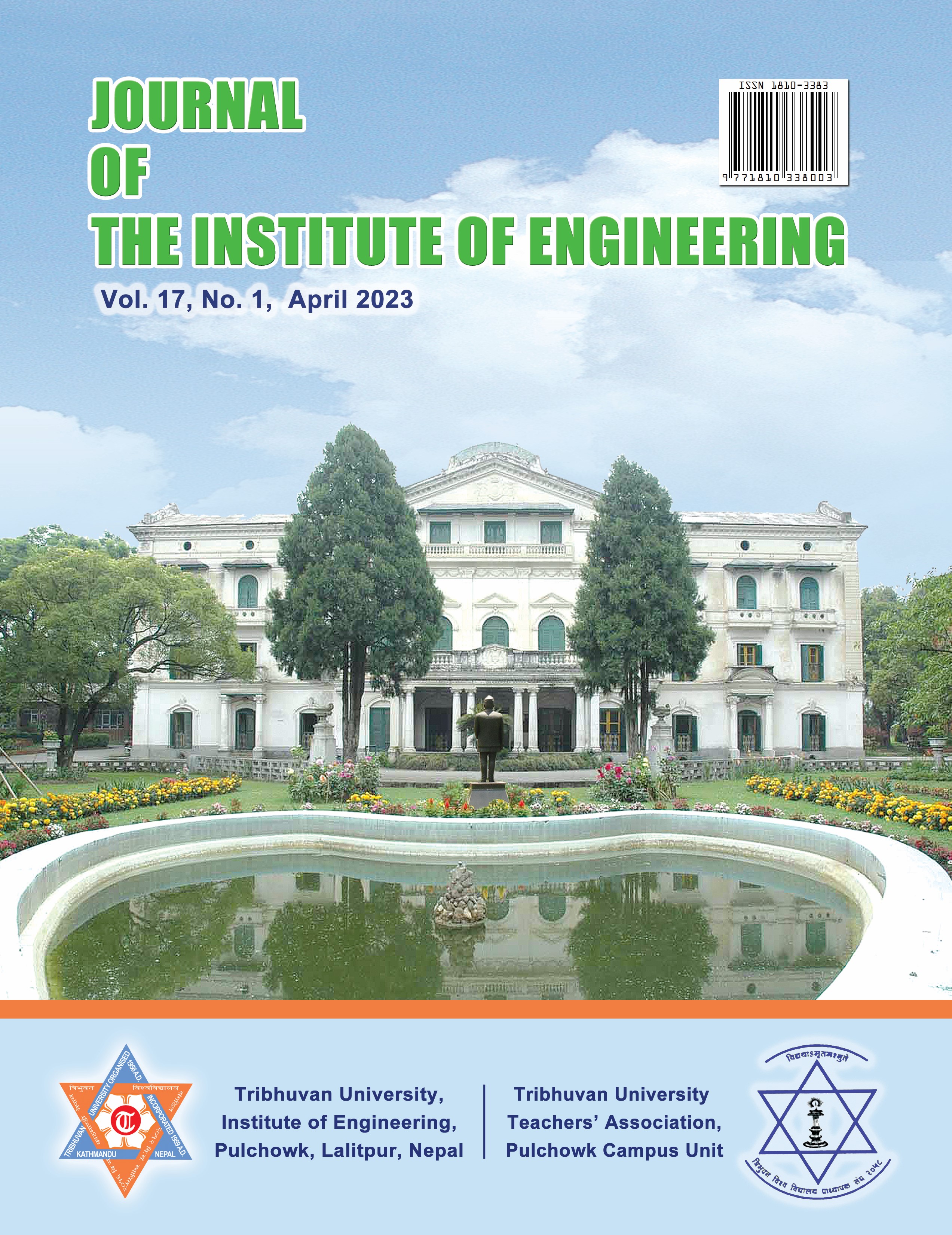Application of Activated Carbon Prepared from Peach (Prunus persica) Seed Stone for the Adsorption of Acid Yellow 17 Dye
Keywords:
Activated carbon, Adsorption, Peach seed stone, Acid yellow dye, Zinc chlorideAbstract
The present study investigates the removal of Acid Yellow 17 Dye from aqueous solution by adsorption on the activated carbon prepared from Peach (Prunus persica) Seed Stone by chemical activation with zinc chloride. The activated carbon was prepared at carbonization temperature 400°C. The activated carbon prepared was analyzed by chemical methods such as Iodine number and Methylene blue number to identify micropore and mesopore content. The activated carbon was also analyzed by instrumental techniques like XRD and SEM. The SEM of the activated carbon exhibited the pores of different diameters while XRD showed two broad diffraction peaks indicating the amorphous nature of the activated carbon. The batch adsorption studies have been carried out to investigate the adsorption of the dye from aqueous solution. The optimum pH, contact time and adsorbent dose for the adsorption process have been found to be 2, 90 minutes and 1g/L respectively. The results showed that the activated carbon prepared from Peach Seed Stone can be utilized as an effective adsorption media for removal of Acid Yellow 17 dye from aqueous solutions.

